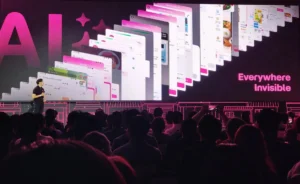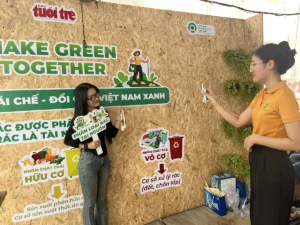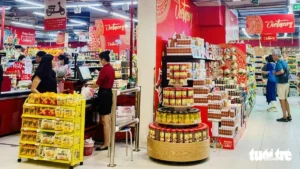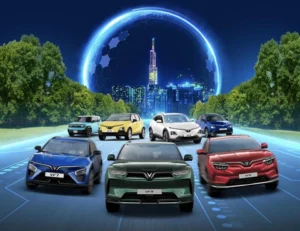(PLVN) – Paying for vegetables, small photocopy fees, or using QR codes to pay for parking… These activities are now present nationwide, even in remote villages. It can be said that cashless payments (TTKDTM) have made a tremendous leap forward, with the implementation rate exceeding the targets set in the National Cashless Payment Development Plan for the period 2021 – 2025.
Over 95% of Customers Pay Electricity Bills via Cashless Methods
The number of cashless payment customers in the electricity sector is approaching near-complete coverage. According to the Ho Chi Minh City Power Corporation, the proportion of customers using non-cash methods to pay for electricity in the city has reached 99.85% of customers, equivalent to 99.7% of the total invoice value. Across the entire electricity sector, data from the first six months of 2024 provided by the Vietnam Electricity Group (EVN) shows that 95.59% of EVN customers paid their electricity bills via cashless methods, an increase of 0.71% compared to 2023.
In some areas facing infrastructure and resource challenges, the cashless payment rate has also been steadily increasing each month. For example, in Muong Te district (Lai Chau province – one of the poorest provinces in Vietnam), electronic payment has been implemented through partnerships with intermediary payment providers, prioritizing payment through banking channels such as Vietinbank, Agribank, LienViet Postbank, and other intermediaries such as Viettel, Payoo, Vnpay, VNPTPay, Momo, Vimo, VNpost, and ZaloPay to promote the cashless payment rate.
To effectively implement cashless electricity bill payment, in the coming period, electricity companies in remote areas have formulated plans to actively collaborate with telecommunications enterprises like Viettel and Vinaphone to introduce Mobile Money payment methods to customers in these regions. This aims to achieve a target of over 95% cashless payment customers by 2025.
Significant Reduction in ATM Cash Withdrawals
Mr. Pham Anh Tuan, Director of the Payment Department (State Bank of Vietnam – SBV), noted that credit institutions and intermediary payment service providers have been focusing on the development of a robust digital ecosystem with new, safe, and convenient products and services, which bring practical benefits to the public and businesses, thereby attracting a large number of customers.
Many new payment services and methods have been introduced, such as customer identification and authentication using biometric information via chip-embedded ID cards, VNeID e-identification and authentication accounts; contactless payments; and cross-border payments using QR codes. Additionally, the connection to perform online payments for fees, taxes, hospital fees, tuition, transportation, fuel, shopping, ride-hailing, and goods and service purchases—integrated with electronic invoicing—has facilitated customer convenience, shortened transaction times, increased financial transparency for businesses, and supported tax management.
According to the SBV Payment Department, by the end of 2023, the percentage of adults with bank accounts had reached 87.08% (the target in the Plan was 80% or higher). To date, there are over 84 institutions providing payment services via the Internet, and 50 institutions offering payment services via mobile phones nationwide. Payments and transfers via the Internet, mobile phones, and QR codes have achieved significant results, attracting a large number of customers.
This trend clearly indicates that cash withdrawals have decreased significantly, and people are increasingly shifting towards cashless payments through apps or by scanning QR codes.
















